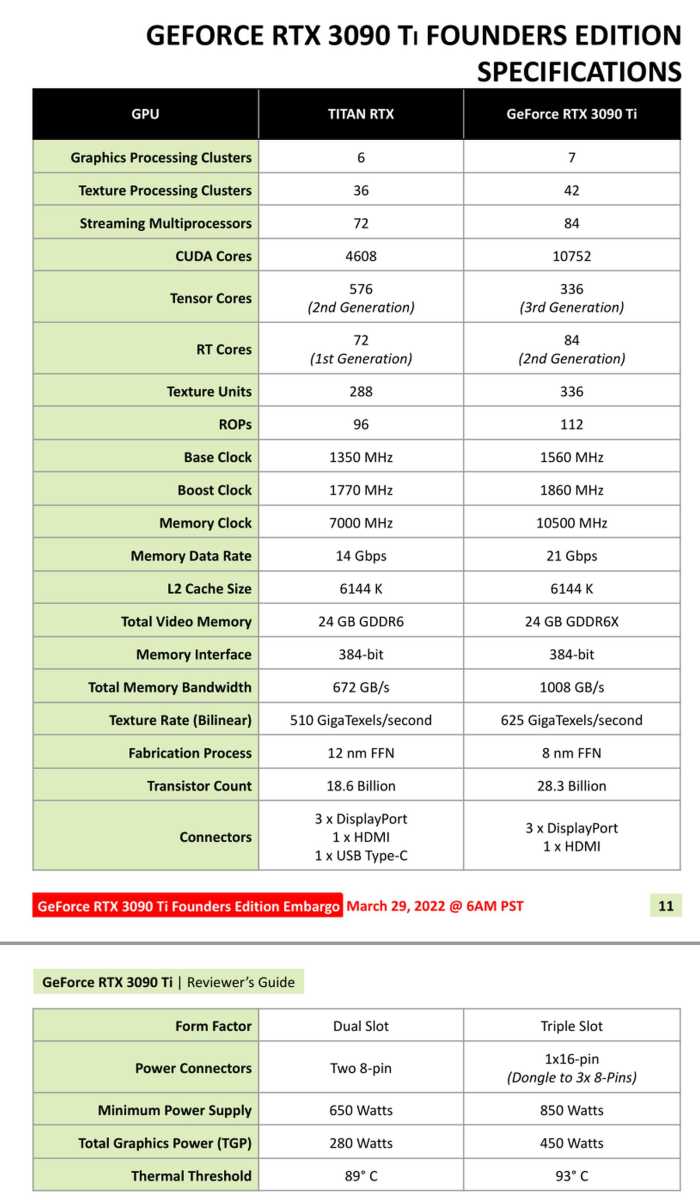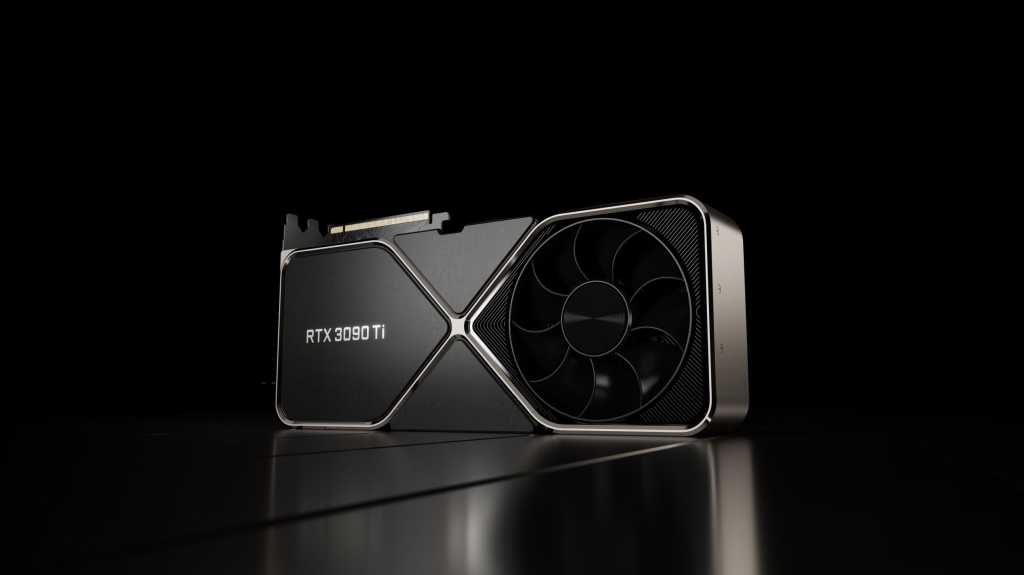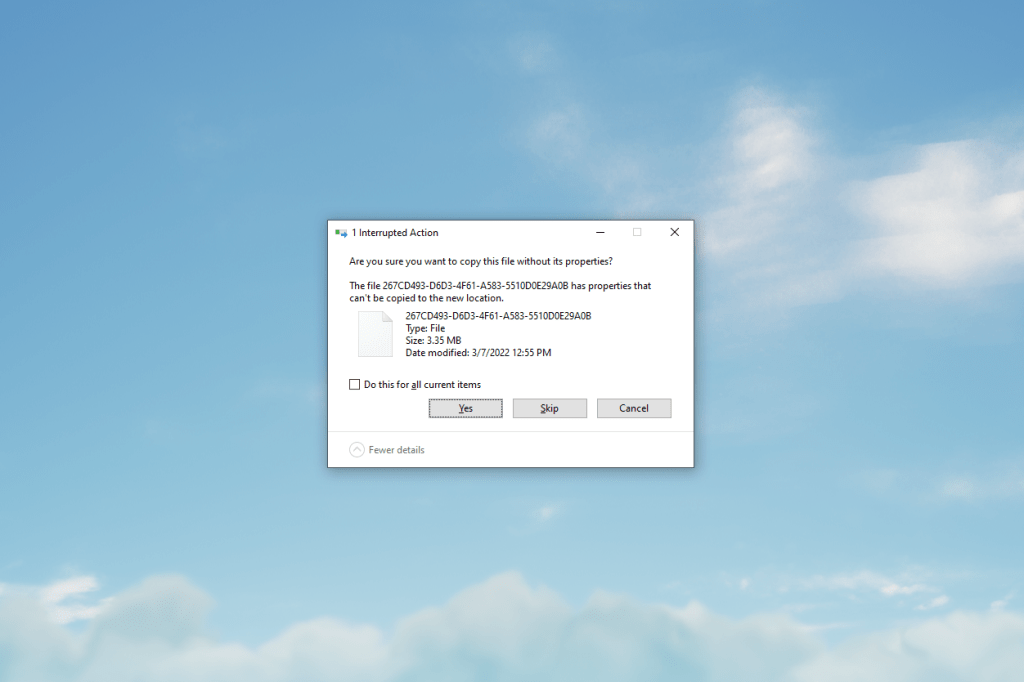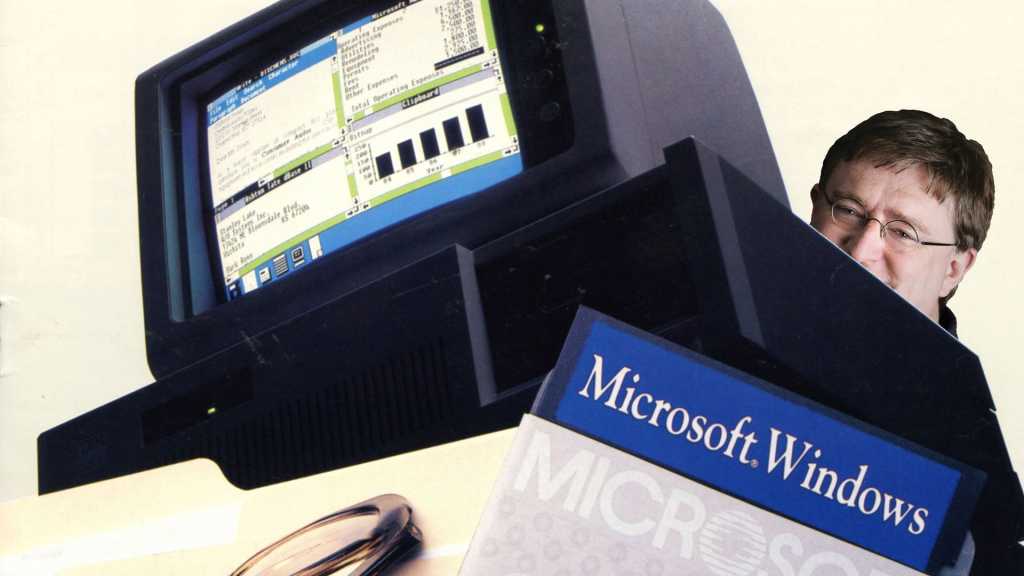It took quite a bit longer than anticipated, but an even more “BF” version of Nvidia’s “BFGPU” has finally arrived. On Tuesday, the GeForce RTX 3090 Ti finally stomped onto store shelves with more, well, everything than its already-ferocious namesake, from graphics cores to memory speeds to even power pins. Tapping into all that power doesn’t come cheap, however. The GeForce RTX 3090 Ti starts at $2,000 for Nvidia’s own Founders Edition model and will no doubt only go up from there for kitted-out custom boards from the likes of EVGA, MSI, Asus, and others.
It’s a hefty price to pay, but you’ll be getting a frame-spewing, content-creating freak of a graphics card in return. The work-hard-play-hard GeForce RTX 3090 already topped our gaming benchmark charts at 4K resolution (though we found Nvidia’s 8K gaming claims to be a bit…forced) and blew through 3D rendering and other prosumer tasks like no other. “The extravagant GeForce RTX 3090 is a poor value for pure gamers, but a stunning value for creators who can use its massive 24GB of memory,” we summed up in our review.
We didn’t receive a GeForce RTX 3090 Ti in for review, but judging by the specs Nvidia sent over, its value proposition remains identical—just more so.

Note that in this Nvidia-supplied specification chart, the RTX 3090 Ti is being compared against the older Titan RTX, not the vanilla RTX 3090.
Nvidia
The original RTX 3090 was only very slightly cut down from its max potential, so Nvidia didn’t have much room to work here. The Ti’s 10,752 CUDA cores is only a few hundred more than the 10,496 found inside the vanilla RTX 3090, for example, and the massive 24GB memory buffer remains a ginormous 24GB. That said, the GDDR6X memory has been given a solid speed boost, going from an already-blazing 18Gbps to a face-melting 21Gbps. The corresponding leap in overall bandwidth will no doubt provide tangible benefits in memory-bound 4K gaming and content creation tasks. Clock speeds also increased, going from 1,700MHz boost speeds in the O.G. 3090 to 1,860MHz in the Ti.
Those tweaks make the RTX 3090 Ti absolutely guzzle down power, though. The original RTX 3090 was already pushing the boundaries of energy use, drawing 350W via a 12-pin power adapter that split into two standard 8-pin connectors. The RTX 3090 Ti sports the first-ever use of the 16-pin power connector outlined in Intel’s new ATX 3.0 power spec, which splits out into a trio of 8-pin connectors that plug into your power supply. It uses them, too, sucking down a staggering 450 watts of juice. Holy moly. Nvidia recommends using an 850W power supply at minimum with the card.
To sum things up, here was our bottom line in our original RTX 3090 review:
“Nvidia calls the RTX 3090 a “BFGPU,” and it’s just as potent as the BFG it takes its name from. If you need the ultimate graphics card for work and play, the GeForce RTX 3090 earns our hearty recommendation, along with our Editors’ Choice award. It topples Titans for $1,000 less and chews through 4K gaming with nary a whisper. Buy it if you can put that massive 24GB VRAM buffer and NVLink to good work—or save a bunch of money with the RTX 3080 if you’re only looking to get outrageous gaming frame rates.”
Assuming your power supply (and your wallet) can handle the load, the GeForce RTX 3090 Ti is an even more potent spin on the most hard-hitting graphics card in the world. It’ll no doubt be in short supply, so don’t hesitate to snap one up if you’re a 3D artist. Gamers looking for elite-level frame rates may want to consider sitting tight for a while, however, as rumors suggest that AMD is poised to reveal upgraded versions of its own Radeon RX 6000-series graphics cards soon. That includes a RX 6950 XT intended to replace the Radeon RX 6900 XT, an (ostensibly) $1,000 GPU that traded blows with the original RTX 3090 for a whole lot less.
After years in a GPU wasteland, things are finally picking up.




